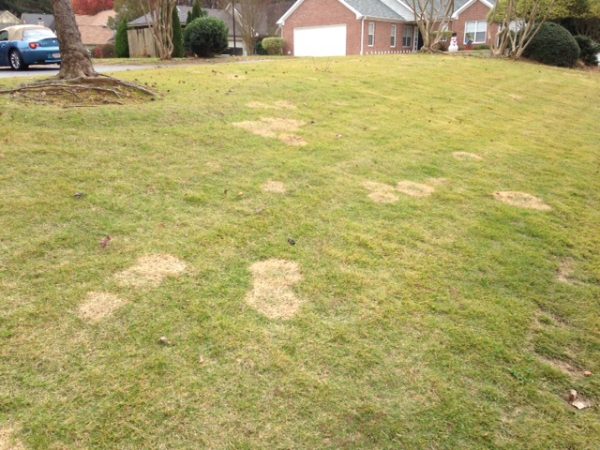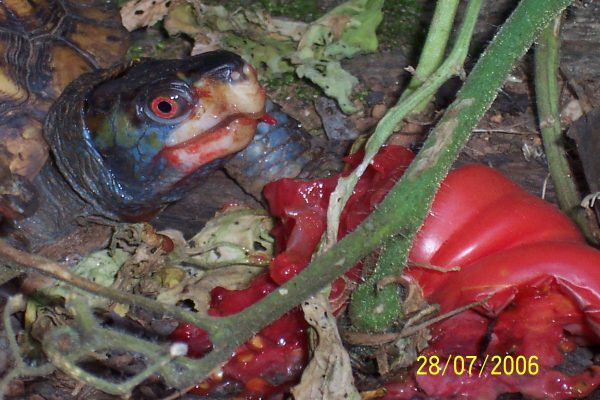Fescue – Late Planting Trick
Sometimes even the best planting calendars are moot… you have to plant grass even though it is the “wrong” time. Here are some tips and the thoughts of a turf specialist.
Q: Last week we had to have our sewer line dug up and replaced. I know it is really late to be planting fescue seed but we have to do something to cover the muddy streak in our front yard. If we plant now will we be wasting our time?
A: A few weeks ago I described on my radio show how to “prime” seed by soaking them overnight in warm water. Quite a few listeners later complained that this was really a mess. I asked Dr. Gil Landry, Extension Turf expert, if he had any ideas. He suggested that you scatter seed over the muddy areas, then cover the spot with clear plastic. You can buy clear plastic in three foot wide rolls. I think that would be perfect for your use. Anchor it to the ground with stones and wait a few days. When you see green grass sprout under the plastic, take it away and hope for a mild winter.
Q: A couple of years ago we heard you tell someone a trick about soaking fescue seed in hot water before planting it in cold weather. Could you describe again the details of the procedure?
A: This is the kind of advice that generates tons of questions but I’ll try to make it clear.
When you have procrastinated past the proper planting season for fescue, you can get quicker germination if you prime or pre-germinate the seed before you scatter it over your plot. Priming can be accomplished by soaking the seed in warm water for 24 hours then partially drying it on a layer of newspapers in your garage. Be gentle as you scatter the seed and water them immediately, just after spreading wheat straw. Expect fifty percent faster germination with this method.
As you can imagine, this can be quite a mess. Dr. Gil Landry, Extension turf expert, suggests that you could scatter unprimed seed over thin areas, then cover the spots with clear plastic. You can buy clear plastic in ten foot wide rolls. Anchor it to the ground with stones and wait a few days. When you see green grass sprout under the plastic, take it away and hope for a mild winter.
——————————————
Walter,
I have a couple of thoughts on pre-germination of tall fescue. While it can be done is a risky practice for most home owners. The basic practice sounds simple, but the other factors (mostly environmental and climatic) must be conducive for even moderate success of establishment with pre-germinated seed. Under the best of the conditions, the mortality of pre-germinated seed is typically high. I have checked several of my reference and none suggest expectations of “50% faster germination with this method”. All my sources suggest more rapid establishment, but none suggest a rate.
If a homeowner in the Atlanta area procrastinated and did not get tall fescue seed down in the early fall, I would suggest waiting until mid- to late-February and seeding by conventional practices. At this time, seed would be present as soil and air temperatures rise. For most homeowners, I think this is a less risky and cumbersome proposition with a better chance of success.
Clint Waltz, Ph.D.
Extension Turfgrass Specialist














